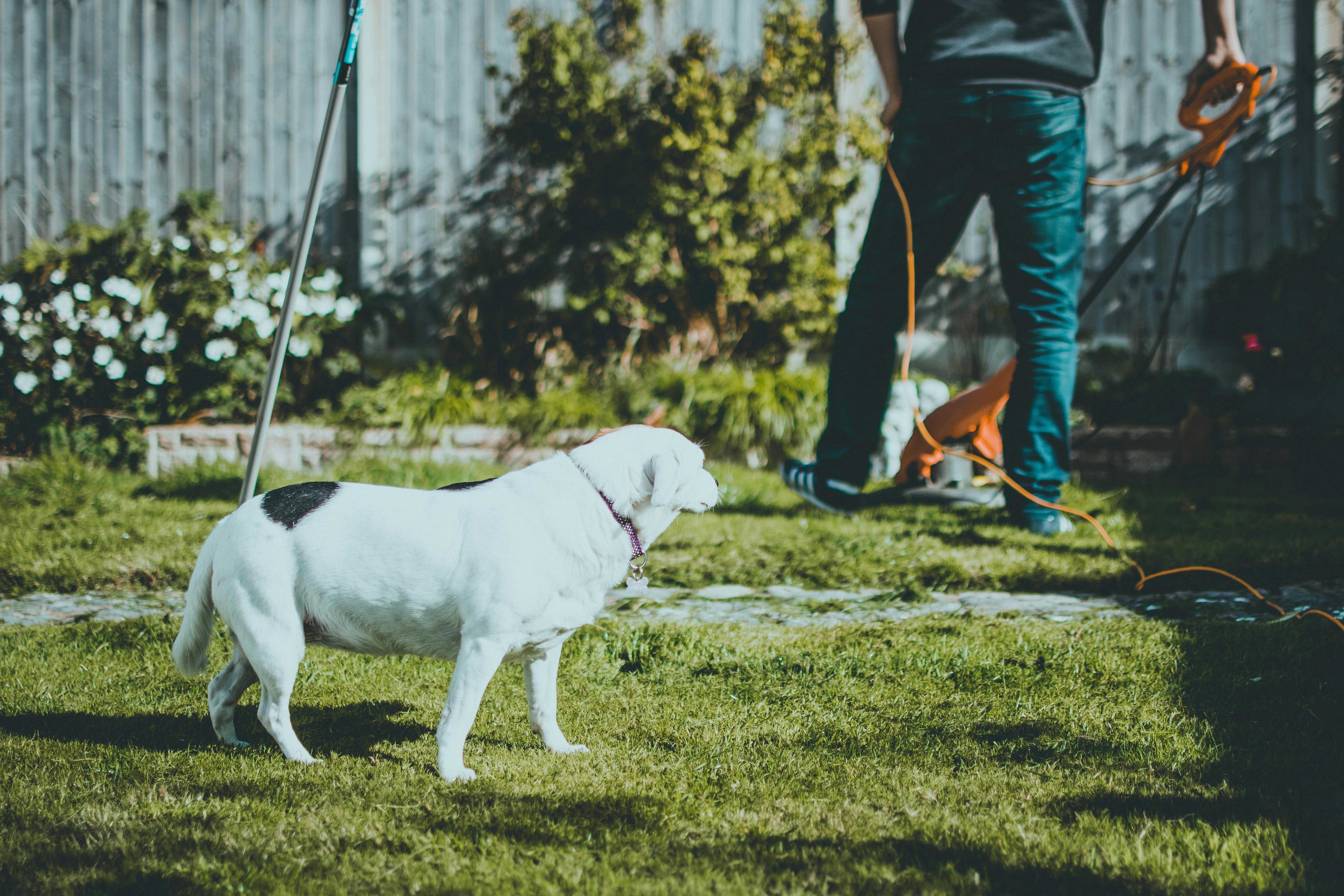Today, many people are realizing that hermit crabs make wonderful pets. They’re surprisingly cute, but they’re also easy to care for. Many families choose hermit crabs over dogs and cats, which require much more care, and aquariums, which limit interactions. Although you might assume they have a short lifespan due to their small size, some crabs have been known to live up to 20 years as pets.
To keep hermit crabs as pets, you will need to provide the right home. A single crab can live in a ten gallon aquarium, while a group of crabs will need a proportionately larger tank. They are social creatures and do well in groups. Land crab species enjoy living in moist sand, with plenty of drinking water for them. Aquatic hermit crabs prefer an environment with lots of rocks and gravel as well as water. With either type, make sure the litter is at least three inches deep, because they love to dig, especially when they shed their skin. They live in a cage heated between 70 and 80 degrees. They also prefer a humid environment; spray or mist the cage frequently so that the evaporated water creates the proper level of humidity.
Hermit crabs are very curious and spend many hours of the day exploring their environment. Because their natural environment includes many trees, crabs enjoy climbing surfaces and climb surprisingly well using their claws. Sturdy branches, large rocks, or even cork board can be used as a climbing surface. This pet is nocturnal, so most of its activity occurs after the lights go out.
Your pet hermit crab may eat some of the same foods that you eat, such as lettuce, spinach, strawberries, apples, and grapes. Small pieces of fruits and vegetables are the healthiest food for your new pet. There are also pellet diets made for crabs. Crabs can be messy eaters, so be sure to remove any leftover food after they’ve finished eating.
Unlike aquarium fish, these crabs can also be taken out of their enclosure. They won’t hurt or pinch you as long as you handle them carefully. Hold them in your palm, with your hand flat and open. Don’t make sudden movements. After all, you are much bigger than your pet hermit crab and can scare it away. A frightened crab will often burrow into its shell rather than pinch you, but if you do get pinched, simply place your hand under the stream of water to let it go.
Speaking of shells, responsible owners of a hermit crab pet should also provide shells for the crab to move around in. As crabs shed their skin or shed their tough exoskeleton, they will want to move into a slightly larger shell. This shell, which they carry with them everywhere, provides protection and prevents their bodies from drying out. If you think your crab is beginning the molting process, it’s best to leave it alone and give it some peace, with plenty of fresh food and water.
